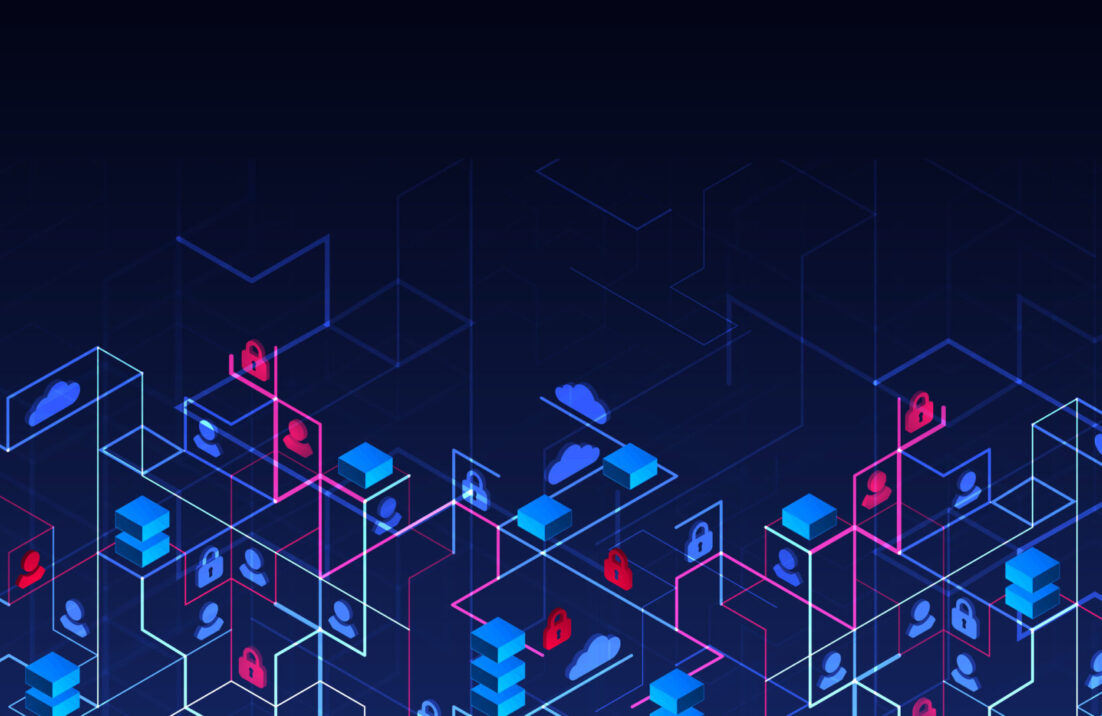The hype around AI transformation has infiltrated business lines across all areas of organizations, and with freely available generative AI (GenAI) technology, anyone can take the opportunity to explore AI’s possibilities. Recent research by TechTarget’s Enterprise Strategy Group closely examined the actions of formal stakeholders for AI initiatives today and reached some nuanced conclusions about who should be involved in these decisions and when.
Markets
Our seasoned analysts couple their industry-leading B2B research with in-depth buyer intent data for unparalleled insights about critical technology markets.
Business Applications
Data Management, Analytics & AI
Infrastructure, Cloud & DevOps
Services
Clients trust us across their GTMs—from strategy and product development to competitive insights and content creation—because we deliver high-quality, actionable support.
Insights
Browse our extensive library of research reports, research-based content, and blogs for actionable data and expert analysis of the latest B2B technology trends, market dynamics, and business opportunities.
Markets
Back
Our seasoned analysts couple their industry-leading B2B research with in-depth buyer intent data for unparalleled insights about critical technology markets.
Services
Back
Clients trust us across their GTMs—from strategy and product development to competitive insights and content creation—because we deliver high-quality, actionable support.
Insights
Back
Browse our extensive library of research reports, research-based content, and blogs for actionable data and expert analysis of the latest B2B technology trends, market dynamics, and business opportunities.

The Rise of Business Stakeholders in AI Decision-making

Mike Leone
Practice Director, Data Management, Analytics & AI
Market Topics
Application Modernization Cloud & IT Operations Customer Experience Cybersecurity Data Analytics & Artificial Intelligence Data Management Data Platforms Data Protection End-user Computing Infrastructure Networking Operations Unified Communications & Collaboration

Unparalleled insights from analysts with an "insider" perspective
From strategy and product development to competitive insights and content creation, we deliver high-quality, actionable support services.
Related Insights

Research Brief
Where Midmarket Cybersecurity Leaders Should Focus

Research Brief
Small Enterprise Cybersecurity Report Card: A Surprising Result

Research Brief
C/side Highlights the Growing Risks Around Client-side Web Application Security

Research Brief